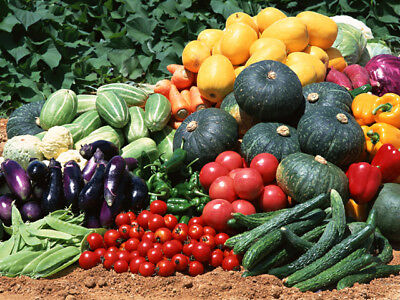-40%
USA-Seller 30 pcs High Quality Aloe Vera Seeds
$ 4.09
- Description
- Size Guide
Description
How to Grow Aloe from SeedsAloe seeds generally sprout quite easily. You need the proper medium and situation for better success. A half and half mixture of peat and horticultural sand makes an excellent, well-draining medium. You can also use a combination of the sand, sterile compost and perlite. The idea when growing aloe from seed is to provide loose material that won’t get soggy and is not prone to pathogens or weeds. Any container will do, but flats use less soil and create a controlled environment for seedlings. Lightly dampen the medium and spread the seed about an inch apart. Cover them with a light dusting of the sand. If you are in a warm climate, you can grow the seeds outdoors. The rest of us will need to start them indoors with the addition of bottom heat of some kind. Keep the medium moderately moist either way in bright light and where temperatures are ideally 75 degrees Fahrenheit (23 C.).
Care During Aloe Seed Propagation
Many growers put a plastic lid on flats or containers in plastic bags to keep humidity high for germination. Unfortunately, if you are using a non-sterile organic medium, this can lead to fungal issues that may kill your babies. Mist the surface of the soil to keep it moist until you see sprouts. This may take 2 to 4 weeks depending upon species. Young seedlings should stay on a heat source for two weeks as they develop roots. Watering from under the seedlings in an open flat prevents damping-off and gives the roots just enough moisture after they have been removed from heat mats. The most important thing when seedlings are still at the two-leaf stage is to prevent desiccation while not drowning the poor things. Once four or more leaves are observed, pot each into 2-inch (5 cm.) pots with a sterilized mix of 3 parts organic material, 3 parts pumice and 1 ½ parts coarse sand. Grow on as you would adult plants.













